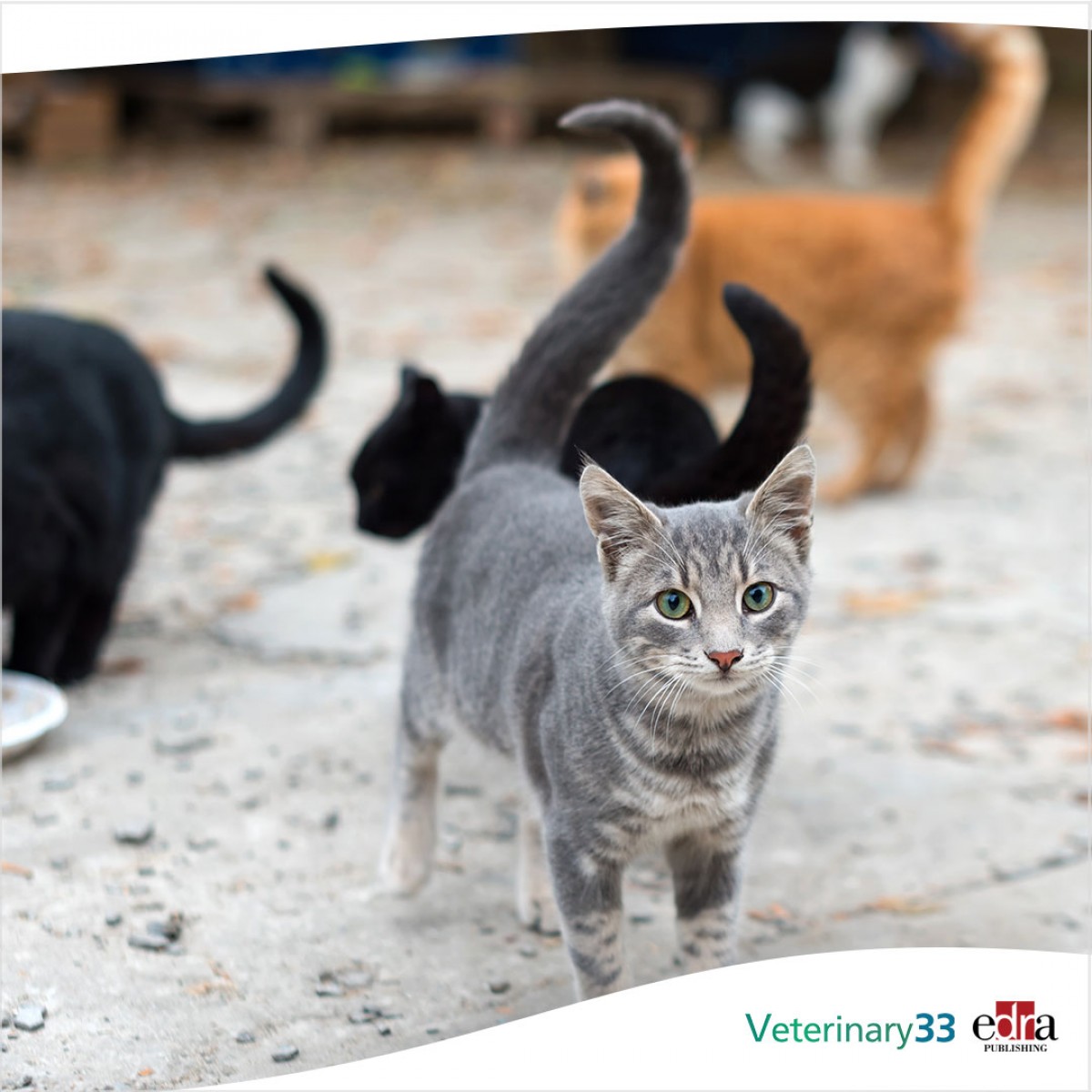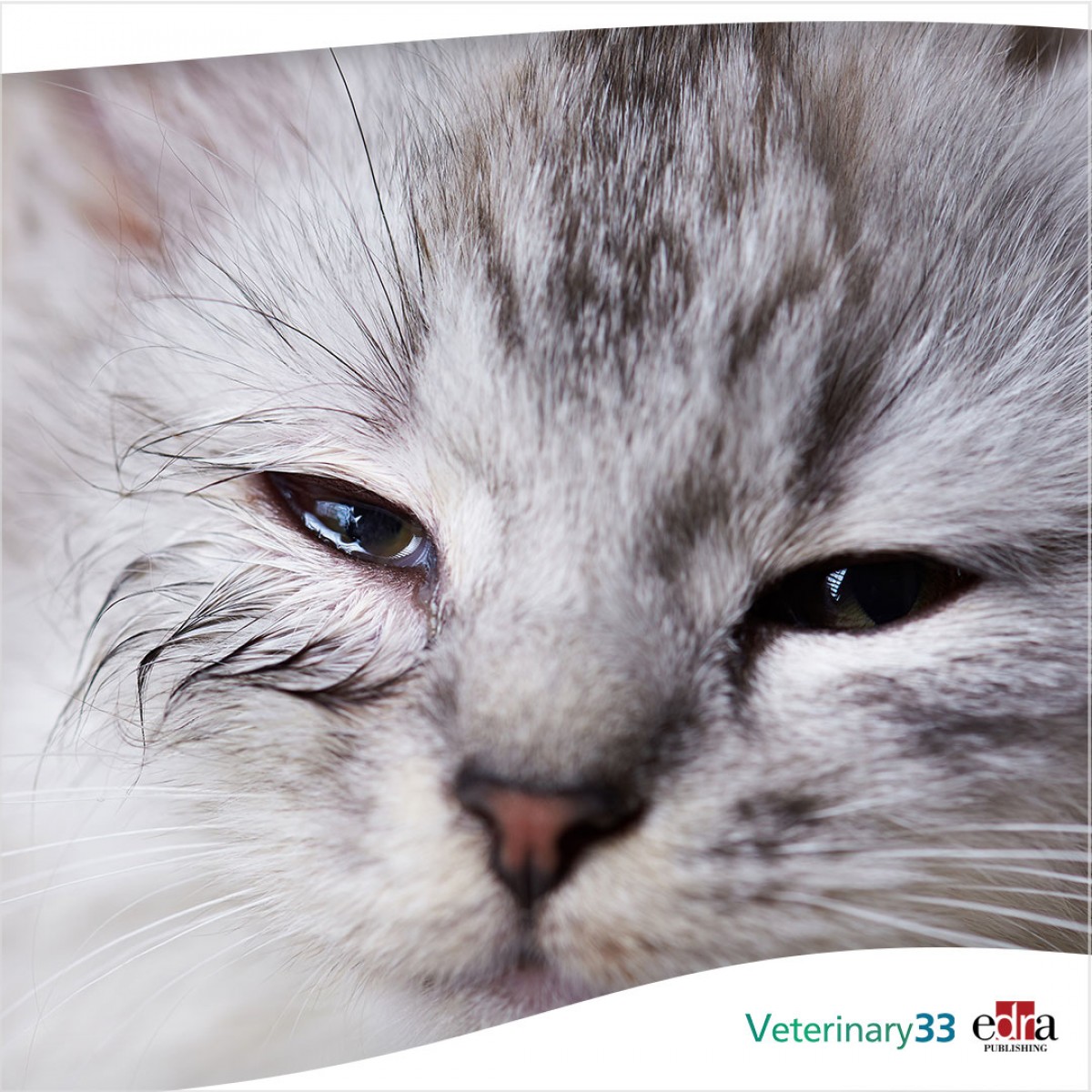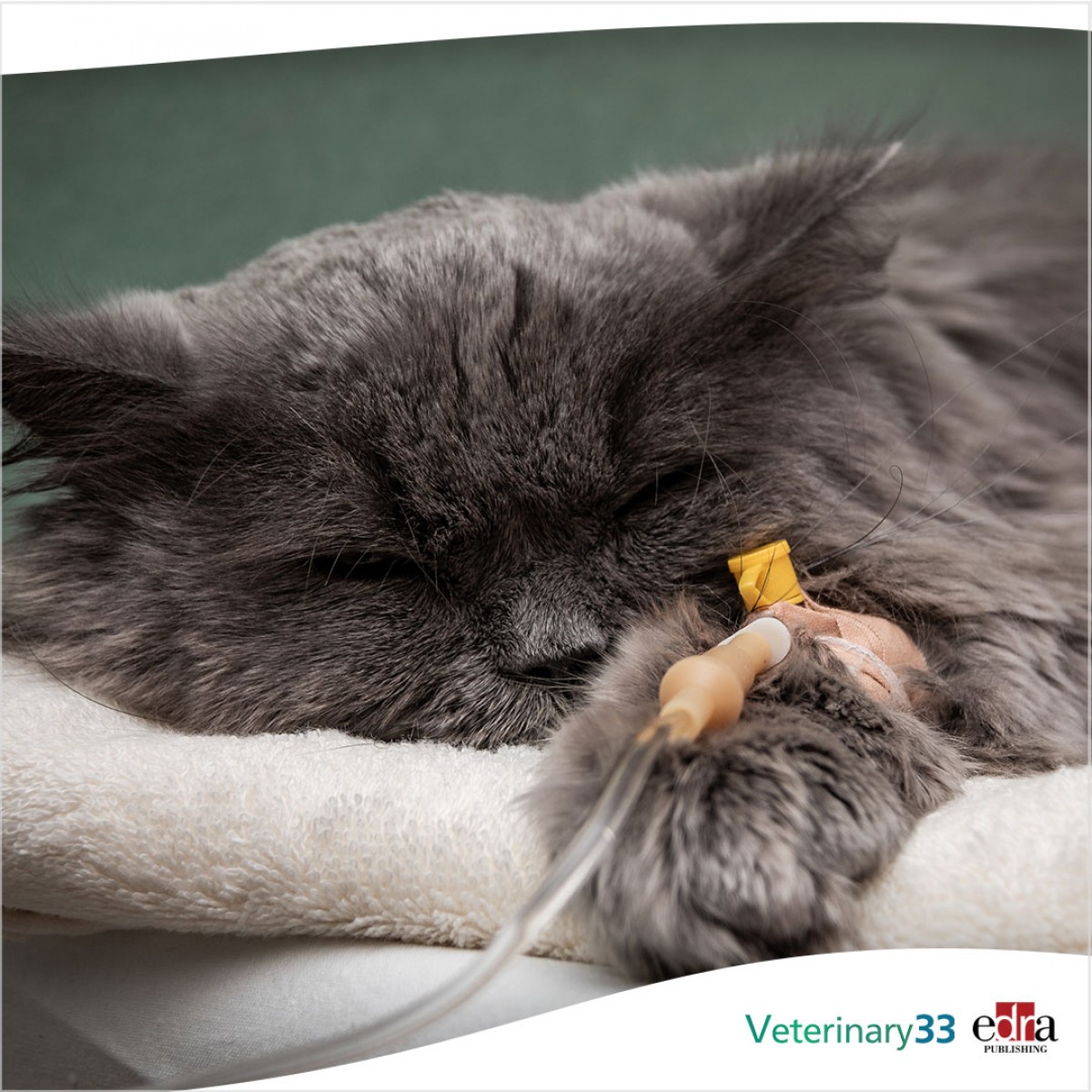Leishmania infantum immune responses in cats, dogs
Dogs are the main reservoir of Leishmania infantum and they display different immunological patterns correlating with the progression of infection to disease. Data about feline L. infantum adaptive immune response are scant. This study aimed to compare the prevalence and immune response in cats and dogs from the same area of endemic canine leishmaniosis in Córdoba Spain.
Some 109 stray cats and 59 rescue dogs from the area were enrolled in the study. Researchers analyzed data about their exposure to L. infantum by detection of parasite DNA, measurements of Leishmania-specific interferon-γ (whole blood assay in 57 cats and 29 dogs), and antibodies (enzyme-linked immunosorbent assay and immunofluorescence antibody test).
An overall L. infantum prevalence of 30.5% in dogs and 30% in cats were found according to serology and PCR tests. Prevalence was 44.8% in dogs and 35.1% in cats tested also for interferon-γ production Dogs showed higher anti-L. infantum antibody levels compared to cats. More than one-third of cats had contact with or were infected by L. infantum and they may contribute to the endemic nature of leishmaniosis in the investigated region.
Researchers concluded that the immunopathogenesis of feline L. infantum infection has similarities with dogs, but cats show a lower level of adaptive immune response compared to dogs.
The team said a higher proportion of rescue dogs had contact with the parasite. Researchers said more extensive clinical investigations evaluating immunological markers of the innate and adaptive immune response are needed to better understand the susceptibility of cats to develop the severe disease compared to dogs and the role of retroviral infections.
Vito Priolo, et al. “Leishmania infantum Specific Humoral and Cellular Immune Responses in Cats and Dogs: A Comparative Cross-Sectional Study.” Veterinary Sciences. 2022 Sep 7;9(9):482. doi: 10.3390/vetsci9090482.














List
Add
Please enter a comment